By German Tirado, August 1, 2025
Introduction: Why 'Meaningful Difference' Is a Misleading Strategy in Modern Marketing
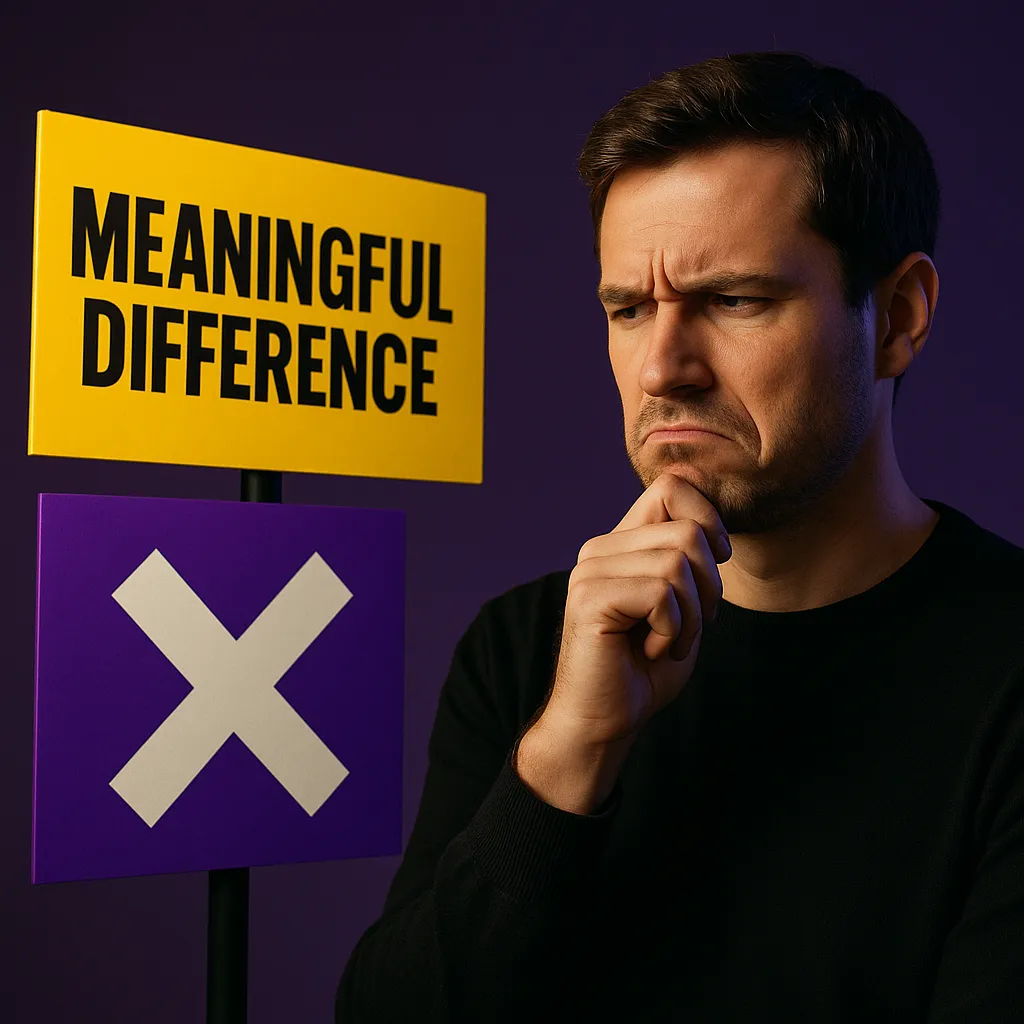
For years, marketing theory has revolved around one seductive idea: if your brand can carve out a “meaningful difference” in consumers’ minds, you’ll win their loyalty, command higher margins, and grow faster. This belief has shaped countless brand strategy frameworks, marketing textbooks, and positioning workshops. But despite its popularity, there’s one major problem, it’s not supported by empirical evidence.
The truth, confirmed by decades of marketing science, is that brands don’t grow by being meaningfully different. They grow by being mentally and physically available, by becoming easy to remember and easy to buy [1].
That’s where brand distinctiveness comes in. Unlike differentiation, which aims to establish functional or emotional uniqueness, distinctiveness focuses on recognition. It’s about building consistent visual and audio assets—logos, taglines, colors, shapes, packaging, sonic stings, that act as mental shortcuts in buying situations. These distinctive brand assets increase mental availability, which is the real driver of purchase behavior across nearly every category [2].
Whether you're marketing in B2C or B2B, SaaS or soft drinks, buyers don’t spend time dissecting your brand’s emotional essence or purpose-driven mission. Most are light buyers who shop infrequently and often forget brand messages. In fact, up to 95% of category buyers are not even in the market right now [3]. That makes memory, and by extension, distinctiveness, your most valuable marketing asset.
In this article, we’ll explore why distinctiveness beats differentiation, using evidence from the Ehrenberg-Bass Institute and field data from brands that have scaled by prioritizing mental availability, consistent branding, and broad-reach marketing. We’ll also share practical steps to audit and enhance your distinctive brand assets, link them to Category Entry Points (CEPs), and track the right metrics to guide real growth.
If you're tired of brand fluff and want to understand what truly drives long-term success in branding and advertising, this is the data-driven marketing strategy you’ve been looking for.
Table of Contents
Introduction: Why 'Meaningful Difference' Is a Misleading Strategy in Modern Marketing
The Data: What the Evidence Really Shows
Differentiation vs. Distinctiveness: Understanding the Difference
The Role of Distinctive Brand Assets
Real-World Examples: Fame Beats Difference
What About Brand Purpose and Emotional Bonds?
Category Entry Points (CEPs): Making Distinctiveness Work Harder
Action Plan: Build Distinctiveness, Not Difference
Metrics to Track
Conclusion: Distinctiveness Is the Proven Path to Brand Growth
Frequently Asked Questions (FAQs)
Works Cited
The Data: What the Evidence Really Shows

The Ehrenberg-Bass Institute has tested the theory of differentiation using thousands of data sets across hundreds of categories, and the results are remarkably consistent:
Brands mostly share customers. The idea of loyal tribes is a myth. Customers buy across multiple brands within a category, even the biggest ones [1].
Perceived differentiation is weak. Consumers often struggle to articulate differences between brands. Many couldn’t even recall a brand’s “unique purpose” if asked [2].
Differentiation doesn’t predict growth. Market share is not correlated with perceived uniqueness. Instead, it correlates with penetration, the number of category buyers who buy the brand [1].
Mental availability trumps meaning. Brands that come to mind in buying situations are far more likely to be chosen, regardless of whether they are perceived as better or different [3].
Differentiation vs. Distinctiveness: Understanding the Difference
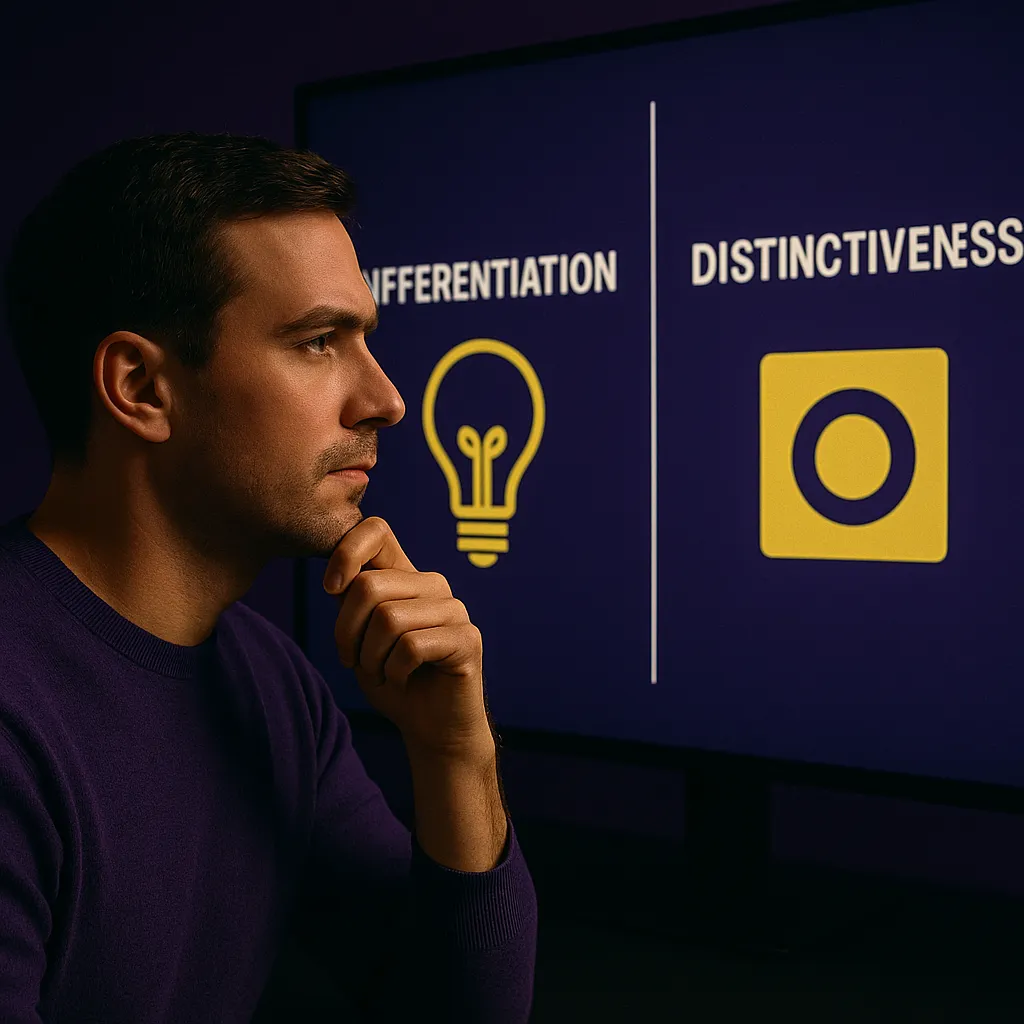
Let’s clarify two terms that are often confused:
Differentiation = attempting to be perceived as unique, better, or more meaningful.
Distinctiveness = being recognizably yourself, through consistent visual and audio cues like colors, taglines, shapes, logos, packaging, and sounds [2].
Here’s the key distinction:
Differentiation demands cognition (buyers must think and evaluate),
while distinctiveness taps into memory (buyers recognize and recall).
And most buyers, especially light buyers who drive growth, don’t want to think hard. They go with what they notice and remember.
The Role of Distinctive Brand Assets

Distinctive assets (like McDonald's golden arches or Coca-Cola’s red and white script) act as mental shortcuts. These visual and audio elements build mental availability, the likelihood that your brand comes to mind when a buyer thinks of the category [2].
They work because:
They’re easy to remember.
They require no explanation.
They help your brand stand out without being different.
Data shows that brands with strong distinctive assets achieve better recognition, higher advertising recall, and greater sales uplift, regardless of how “meaningfully different” they claim to be [2].
Real-World Examples: Fame Beats Difference
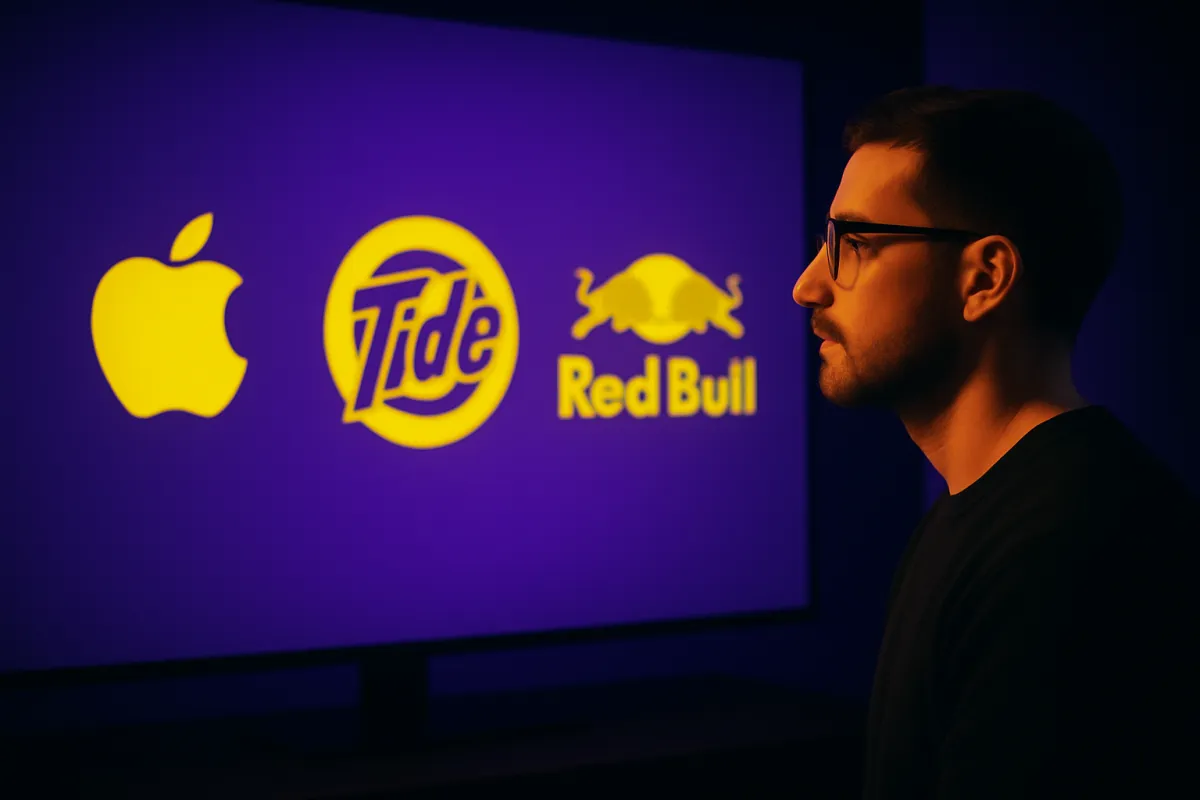
Let’s look at some dominant brands and how they grow, not by being unique, but by being easy to recall:
Apple
Perceived as “different,” but actually shares millions of customers with Google, Samsung, and Microsoft. Its real edge? A clean visual identity, memorable product design, and simple advertising.
Tide
The top-selling laundry detergent. Offers no radical functional difference from competitors. Grows through physical availability and the iconic orange bullseye on the packaging.
Red Bull
The taste is polarizing. The slogan is vague. But the slim can, the color palette, and the cartoon bulls are instantly recognizable in a cluttered category.
These brands dominate because they are famous, not because they are “different” [2].
What About Brand Purpose and Emotional Bonds?

Many marketers believe brands grow by forming deep emotional bonds, what some call “brand love.” But again, the evidence contradicts this:
Buyers of most big brands have no strong emotional attachment. They like the brand well enough, but will also buy alternatives [3].
Emotionally charged ads may help with memory, but emotional bonds are not the key driver of loyalty or growth [4].
In fact, big brands have more loyal customers not because of stronger emotional connections, but simply because they have more customers [1]. This is the Double Jeopardy Law: small brands suffer from having fewer buyers who are also less loyal [5].
Category Entry Points (CEPs): Making Distinctiveness Work Harder
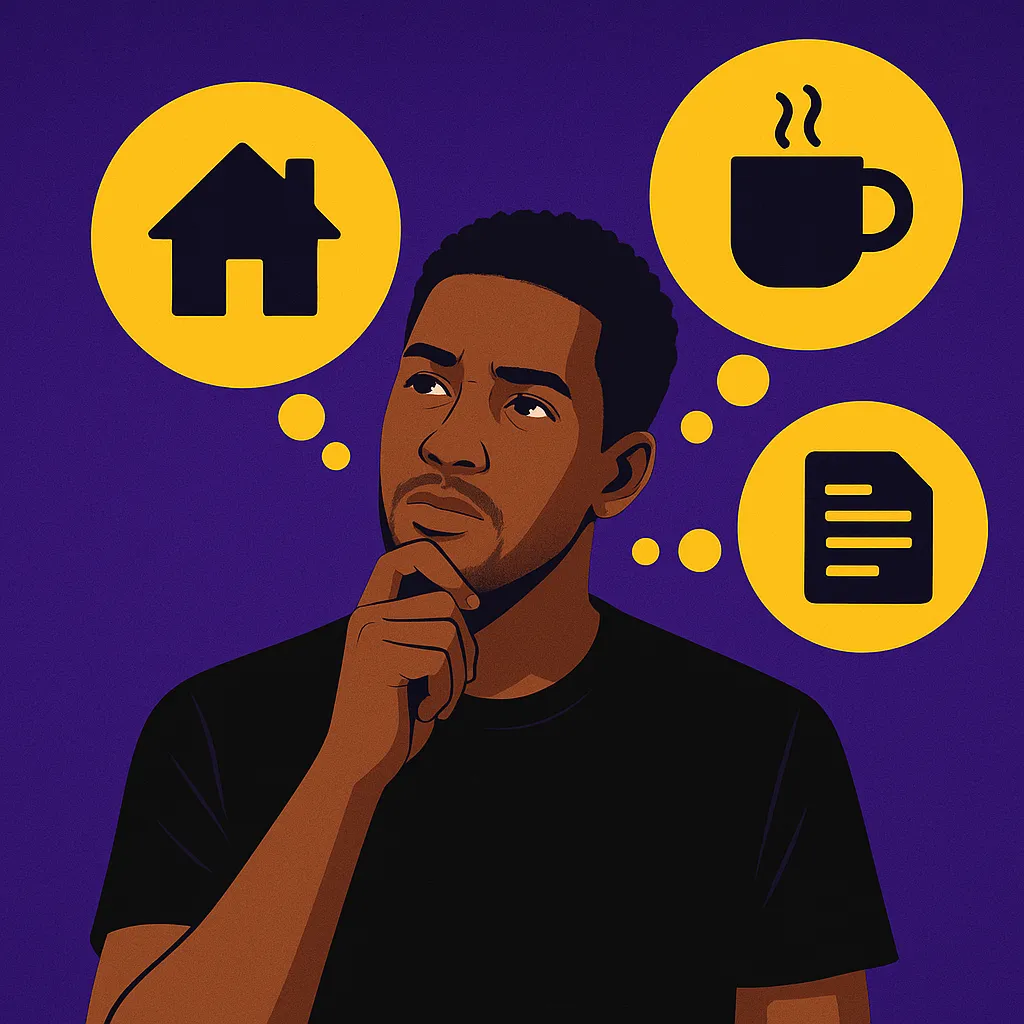
To win in buying situations, a brand must come to mind when a relevant thought (or Category Entry Point) is triggered, such as:
“I need insurance for my new office.”
“We’re out of coffee again.”
“Time to renew our software license.”
These moments are governed by CEPs, cues like time, place, emotion, usage situation, or product benefit. The more CEPs your brand is linked to in buyers’ memory, the greater the mental availability, and the higher your chances of being chosen [5].
Brands grow by:
Repeating their distinctive assets,
Linking them to many different CEPs,
And doing so consistently across broad-reach media [5].
Action Plan: Build Distinctiveness, Not Difference

Here’s how to apply this to your brand:
1. Audit Your Distinctive Brand Assets
Logo, typography, slogan, packaging, sonic branding, are they recognizable without the brand name?
Use salience surveys to find out what assets are truly “yours” [2].
2. Prioritize Mental Availability
Use broad-reach advertising to link your assets to many Category Entry Points over time.
One CEP per execution. Repeat, rotate, refresh.
3. Maximize Physical Availability
Ensure your brand is easy to find, buy, and use. This includes shelf space, pack size range, pricing, and distribution [1].
4. Avoid Chasing Differentiation
Don’t waste time inventing a brand “why” or “emotional positioning.” If it doesn’t help recall or ease purchase, skip it.
Metrics to Track

To measure your progress, monitor:
Mental Market Share: % of category buyers who mention your brand unaided.
Distinctive Asset Salience: % who recognize your logo/color/sound without branding.
CEP Network Size: # of category entry points your brand is linked to in memory [5].
Market Penetration: % of category buyers who bought your brand in the past year.
These metrics actually predict future market share. Most brand trackers don’t [3].
Conclusion: Distinctiveness Is the Proven Path to Brand Growth
The data is conclusive. Brands grow not because they are meaningfully different, but because they are mentally available and easily recognized. In other words, distinctiveness, not differentiation, is the true growth lever.
While differentiation may sound intellectually appealing or strategically elegant, it rarely influences real-world buyer behavior. Most category buyers, especially the light and occasional ones who account for the majority of growth, don’t spend time analyzing brand missions, comparing functional claims, or evaluating brand “personalities.” They buy the brand that comes to mind first and is easy to find at the point of purchase [1][2].
That’s why the most successful brand growth strategies today focus on:
Building and refreshing distinctive brand assets like logos, shapes, colors, and taglines that are uniquely and consistently yours [2].
Linking these assets to a wide range of Category Entry Points (CEPs), the real-world cues, moments, and needs that trigger buying behavior [5].
Investing in broad-reach advertising that keeps your brand salient for the 95% of category buyers who are out-of-market right now [3].
Ensuring strong physical availability, being easy to buy across multiple channels, price points, and purchase contexts [1].
This is the scientific, evidence-based approach to branding, supported by the work of Byron Sharp, Jenni Romaniuk, and the Ehrenberg-Bass Institute. It applies across industries, from fast-moving consumer goods to business-to-business markets, because it aligns with how human memory and behavior actually work.
So if you want to drive sustainable brand growth, stop chasing brand differentiation strategies based on emotional storytelling or mission-driven positioning. Instead, build and measure mental availability, expand your brand’s distinctiveness, and make sure your brand shows up across all relevant buying situations.
This shift in strategy doesn’t just improve marketing efficiency, it transforms it. Because in a world where attention is scarce, the brands that win are the ones that are easy to think of and easy to buy.
Frequently Asked Questions (FAQs)
Q1: What is the difference between brand distinctiveness and brand differentiation?
A: Brand distinctiveness refers to the visual, audio, and sensory cues that make a brand easily recognizable (e.g., logos, colors, taglines). Differentiation is the belief that brands grow by being functionally or emotionally unique. Research shows distinctiveness has a stronger impact on purchase behavior than differentiation [2].
Q2: Why doesn’t meaningful differentiation drive brand growth?
A: Because most category buyers are light, infrequent purchasers who do not deeply engage with brand messaging. They buy based on what they notice, not on nuanced differences. Growth comes from being easy to recall and buy, not from being different in a way customers rarely perceive [1][3].
Q3: What are distinctive brand assets?
A: Distinctive brand assets are the recognizable cues tied to your brand, such as logos, brand colors, shapes, sounds, jingles, taglines, or mascots. They improve mental availability by helping buyers recognize and recall your brand quickly in a buying situation [2].
Q4: How do Category Entry Points (CEPs) relate to brand growth?
A: CEPs are the cues—like time, place, need, emotion, or situation—that trigger brand recall in buying moments. Brands that are linked to more CEPs in memory are more mentally available and more likely to be chosen when those situations arise [5].
Q5: Is this approach relevant to B2B brands, or just B2C?
A: It applies to both. B2B buyers also rely on memory, heuristics, and shortcuts. Research shows B2B brands grow by increasing mental and physical availability, just like in consumer markets [5].
Q6: Shouldn’t brands try to be emotionally meaningful to buyers?
A: While emotion can enhance memory, emotional “meaning” or “brand purpose” is not a proven growth driver. Brands grow by being remembered, not by being deeply loved. Most customers of big brands are not emotionally attached, they just recognize and choose them more often [3].
Q7: How can I measure the effectiveness of my distinctive brand assets?
A: Use Distinctive Asset Salience testing to see how easily consumers recognize your assets without the brand name. Track Mental Market Share, Share of Search, and CEP network size as predictors of long-term brand growth [2][4].
Q8: How should I allocate my marketing budget to support distinctiveness?
A: Invest heavily in broad-reach media that allows you to consistently show your brand’s distinctive assets across many Category Entry Points. Prioritize reach over personalization, especially to reach the 95% of buyers currently out of market [3][5].
Works cited
[1] Sharp, Byron. How Brands Grow: What Marketers Don’t Know. Oxford University Press, 2010.
[2] Sharp, Byron, and Romaniuk, Jenni. Building Distinctive Brand Assets: A Visual and Behavioral Approach to Brand Growth. Oxford University Press, 2016.
[3] Romaniuk, Jenni. Building Better Brand Health: A Guide to Researching Brand Strength. Oxford University Press, 2023.
[4] Ehrenberg-Bass Institute. “Brand Health Tracking That Predicts Future Market Share.” Marketing Science Info, accessed July 2025. https://marketingscience.info
[5] Romaniuk, Jenni. Category Entry Points in a Business-to-Business (B2B) World. Ehrenberg-Bass Institute, July 2022.
Address
Phone: 725-240-6870
Email : [email protected]
Address : 6440 Sky Pointe Dr. #140-341 Las Vegas, NV 89131
Artificial Intelligence
Marketing & Branding
Marketing & Branding
©2025 Max Digital Edge | All Rights Reserved
